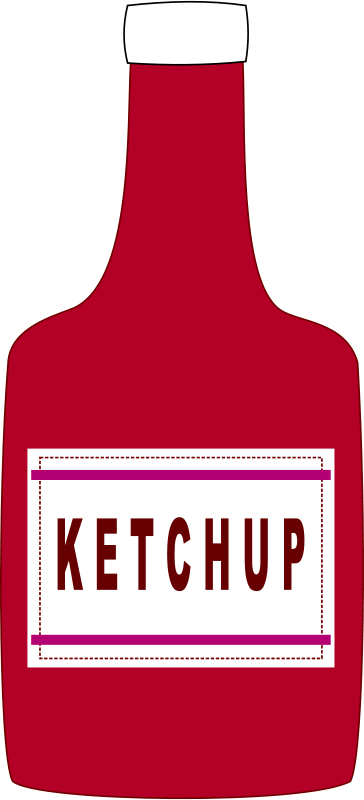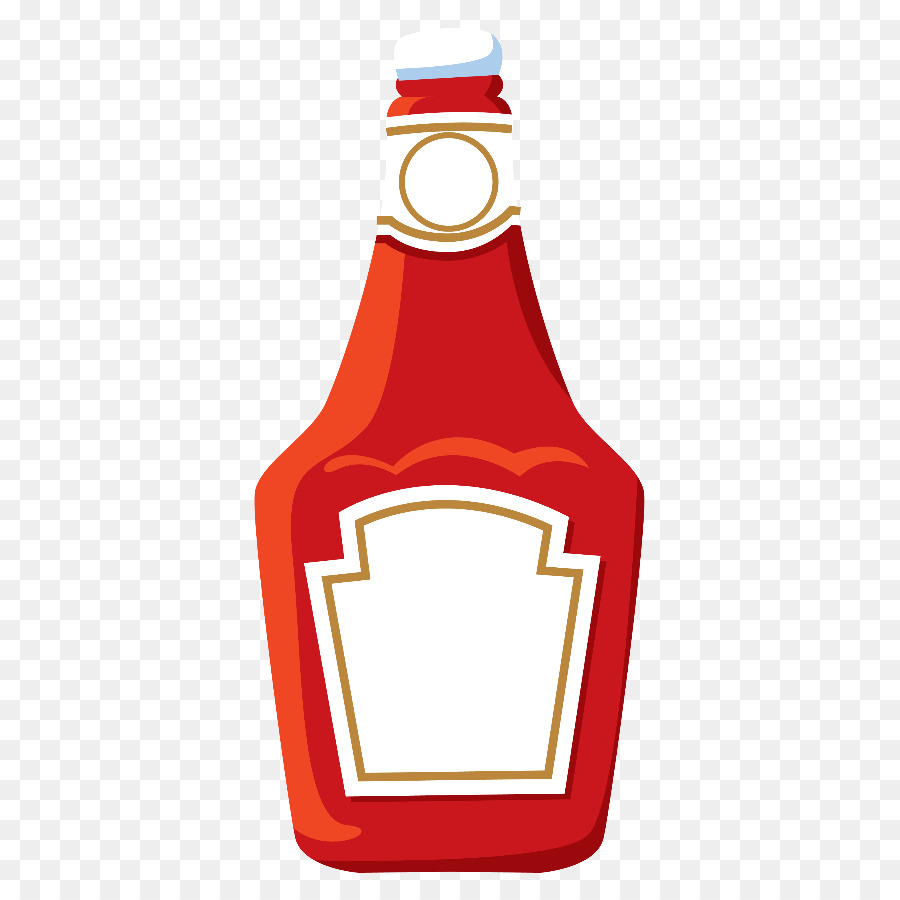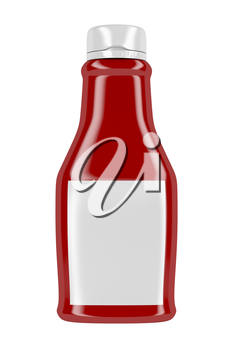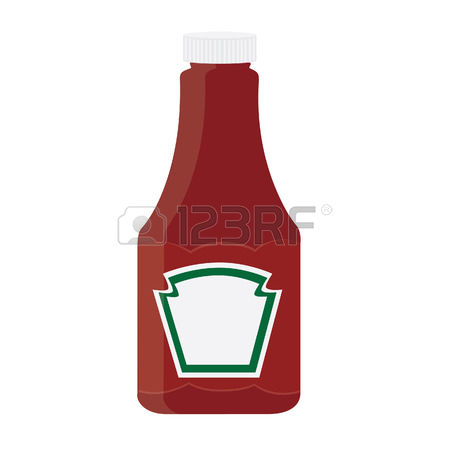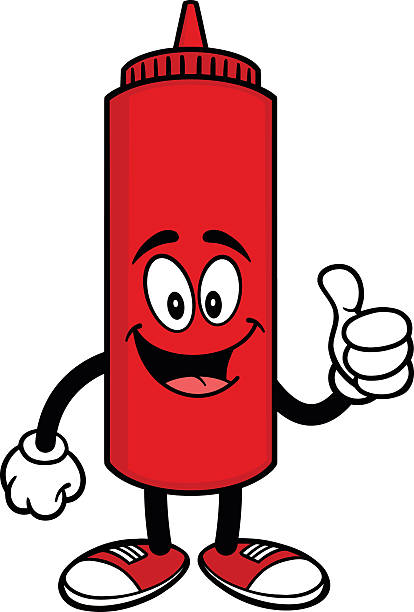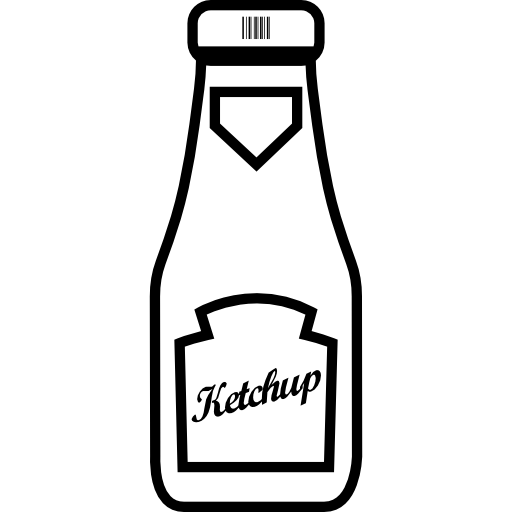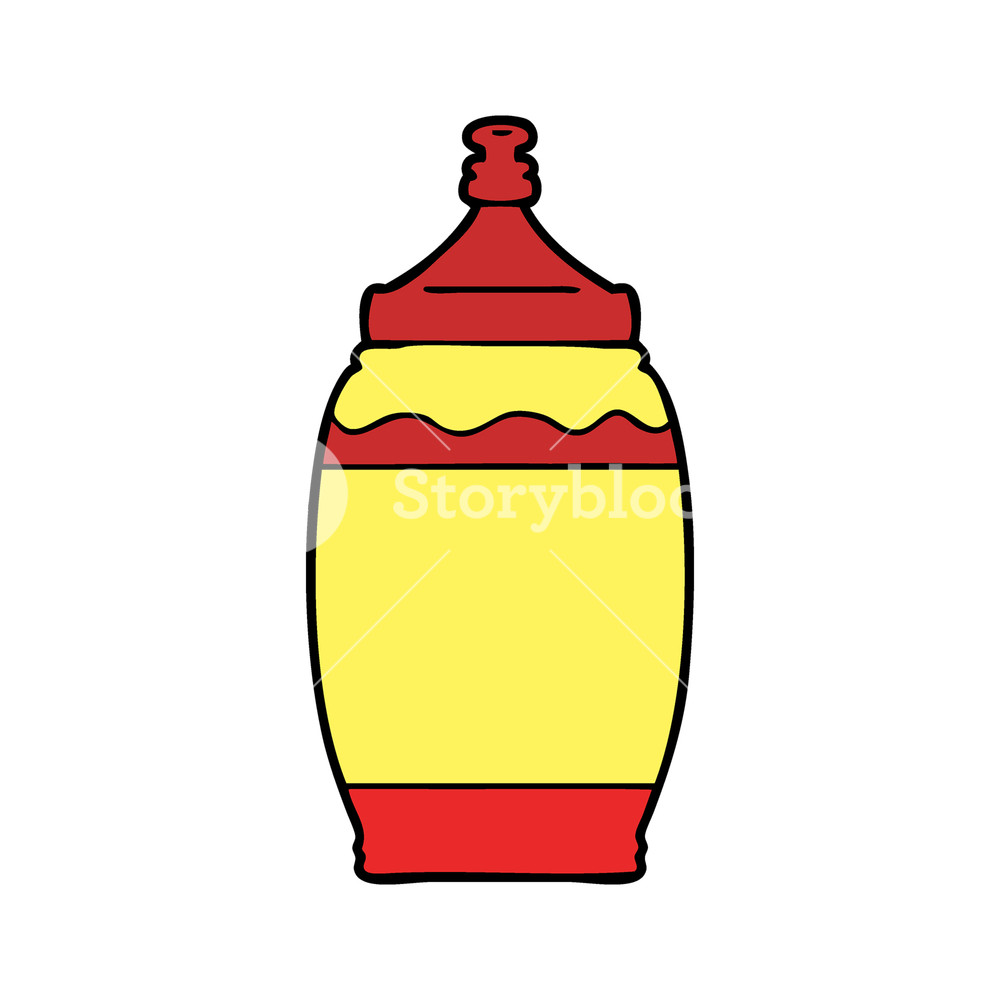Ketchup Bottle Clipart
Ketchup bottles are a familiar staple at every cookout and on every kitchen table for enriching flavors and making meals more appetizing. These ubiquitous bottles have an interesting history and evolution in terms of purpose, design and functionality. From early remedies and anchovy-based sauces to the tomato-based condiment we know today, ketchup has been packaged in glass, plastic and even flexible pouches.
Common Ketchup Bottle Types
Glass Bottles were one of the earliest bottle materials, and still seen today with premium artisanal ketchups. The transparency shows off the thick, red sauce within. Glass provides an excellent preservation method but comes with the tradeoff of weight and potential breakage.
Plastic Bottles revolutionized the ketchup world when introduced in the 1970s by Heinz and Hunt’s. Lightweight polyethylene teraphthalate (PET) plastic made bottles easier to grip, transport and squeeze. New manufacturing methods also enabled mass production.
Pouches represent a modern single-serve ketchup packaging option. These stand-up flexible pouches avoid mess, are highly portable and let consumers dip or squeeze out just what they need without pouring.
Ketchup Bottle Opening Mechanisms
Screw Tops allow consumers to shake up the ketchup ingredients and control the sauce flow speed and volume by twisting or untwisting. However, kids may lack the strength to open a stuck screw top.
Flip-Top Lids provide easy flip lever-action access. But air exposure from frequent opening can dry out sauce and make the opening prone to clogs from ketchup crust buildup.
Innovations in Ketchup Bottles
Upside-Down Bottles completely reinvented ketchup dispensing in 1991. Tapping the base allows ketchup to drip down to the lid so it’s ready to pour smoothly. However, residual sauce runs down the sidewalls with each opening.
Nozzles built into flip and squeeze bottles further enhance control over sauce flow. Some designs include wide mouth openings to load spoons and prevent drips. Self-sealing caps keep oxygen out.
Sustainable Ketchup Bottle Design
Today’s bottles utilize more Recyclable Materials, like polyethylene that can be reconstituted into energy, fabrics and plastic lumber. Some brands offer Reusable Glass Bottles which consumers return, clean and refill thereby cutting down on waste.
Ketchup Bottle Clip Art
Clip art offers simplified vector-based renditions of ketchup bottles for enhancing graphic designs. Common elements include:
Bottle Outlines featuring the iconic upside-down teardrop shape and cylinder neck. Labels and details are removed.
Bottle Angles position bottles upright, tilted downward to pour, or completely upside down in keeping with modern container designs.
Classic Colors style bottles in the signature red and white tones associated with ketchup.
Using Ketchup Bottle Clip Art
Ketchup bottle clip art can decorate and inform across many contexts:
Menus: Placed alongside burger or fries photography, clip art reinforces where ketchup can be used.
Condiment Graphics: Grouped visually with mustard, relish and other topping icons, ketchup bottles help portray full flavor options.
Ketchup Ads: Including bottle shapes and drips helps brand marketing designs highlight condiment visually.
Ketchup Action Clip Art
More dramatic ketchup openers, drizzles and splatters also exist in clip art libraries:
Pouring Ketchup – images aim to show tomato sauce texture, movement and dripping. High saturation red colors portray thick, creamy consistency.
Ketchup Splatters – take on interesting abstract shapes against white backgrounds. The graphic nature illustrates mess alongside enjoyment.
Ketchup Bottle Photography
For photographs, common stylistic approaches include:
Isolated On White – studio images with bottles posed on blank backgrounds isolate the packaging itself as the visual focus.
Atmospheric Contexts – place bottles in life settings – paired with food about to be enhanced or gripped in hand ready to pour on a cookout scene.
Future Ketchup Bottle Innovations
What’s in store down the road? Some visions include:
Self-Dipping Bottles – coated internally with hydrophobic materials could allow consumers to dip with no mess or dripping. Sides would stay clean outside.
Smart Tracking Devices – like RFID tags could help restaurants track ketchup inventory and usage patterns through computer integration. Data guides reorders.
Over the past 150 years, humble ketchup has gone from medicine to table staple, while packaging has evolved from unsafe glass to plastic designed for portability and food safety. Iconic bottle shapes endure as nostalgia but keep improving through ergonomics. Clever solutions aim to make modern life clean, quick and waist-free. The history of this bottle offers insights into broad shifts in materials, manufacturing innovations and customer needs around enjoyment, convenience and responsibility.
In this page clipartix present 46 ketchup bottle clipart images free for designing activities. Lets download Ketchup Bottle Clipart that you want to use for works or personal uses.

